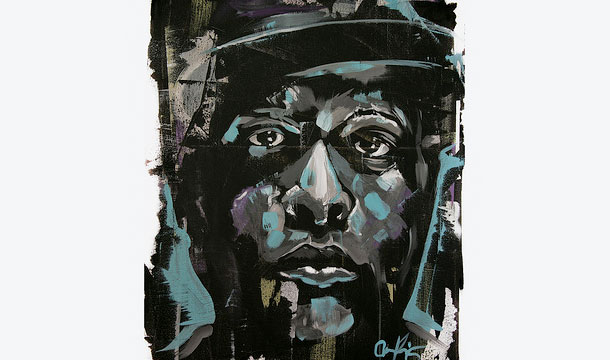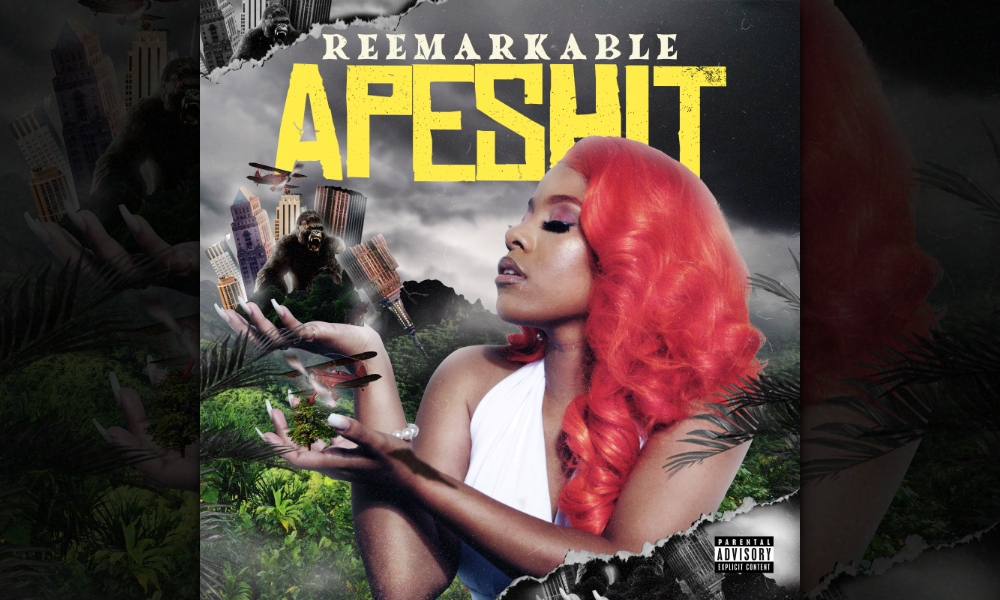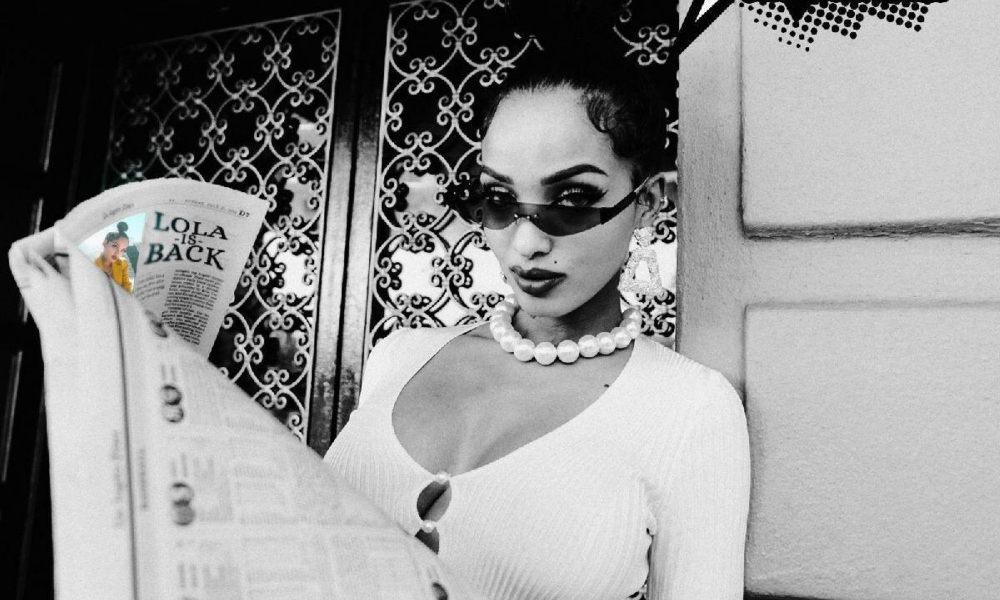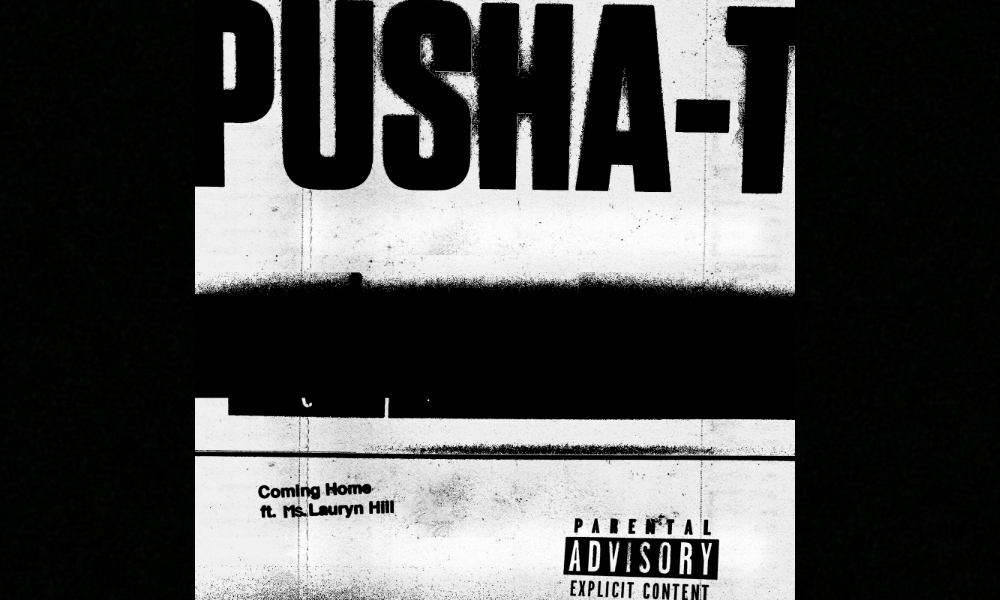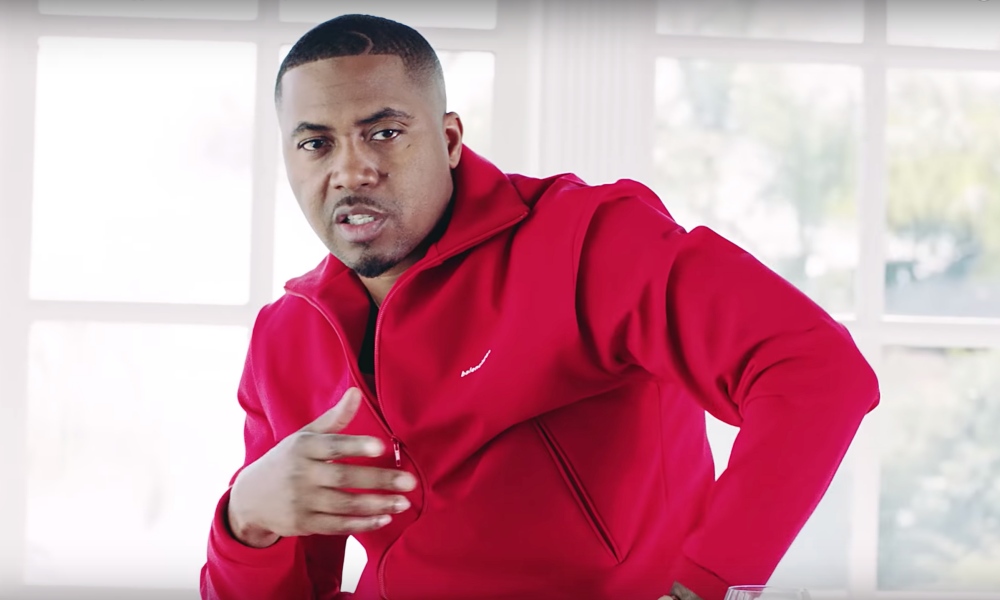Are you a fan of Talib Kweli’s music? If so, you’re in for a treat! In this article, we’ll be exploring the collaborative process behind his latest album, The Wormhole Music. You’ll get an inside look at how he worked with other artists to create a unique sound that’s sure to impress.
But that’s not all – we’ll also be taking a closer look at the evolution of Talib Kweli’s artistic style. From his early days as part of Black Star to his solo career and beyond, you’ll learn how he has grown and changed as an artist over the years.
So sit back, relax, and get ready to dive deep into the world of Talib Kweli and The Wormhole Music.
The Collaborative Process behind The Wormhole Music
Get ready to learn about the amazing collaborative process that went into creating Talib Kweli’s The Wormhole Music! This album wasn’t made by one person alone, but rather through a creative collaboration between several talented musicians.
It all started with Talib Kweli, who’s known for his unique style of hip hop and conscious lyrics. Talib Kweli worked closely with a group of producers and artists to create The Wormhole Music. They spent countless hours in the studio together, bouncing ideas off of each other and experimenting with different sounds.
This collaborative process allowed them to create a truly unique sound that blends different genres and styles. Throughout the recording process, each artist brought their own unique perspective and talent to the table. They challenged each other creatively, pushing themselves beyond their comfort zones to create something truly special.
In the end, this collaboration resulted in an incredible album that showcases Talib Kweli’s talents as well as those of his collaborators. If you’re looking for music that’s both thought-provoking and innovative, then look no further than The Wormhole Music!
The Evolution of Talib Kweli’s Artistic Style
Through the years, Talib Kweli has transformed his artistic style into a more introspective and politically charged approach. He started off as part of the underground rap scene in the late 90s and early 2000s, where he gained recognition for his witty wordplay and confident delivery.
However, as time went on, Kweli’s lyrics became more focused on social issues such as police brutality, racism, and inequality. One notable example of this evolution is his album ‘Prisoner of Conscious,’ released in 2013.
The album features collaborations with artists from different genres such as Miguel, Busta Rhymes, and Kendrick Lamar. It also includes songs that tackle serious topics like poverty (‘Human Mic’) and the prison industrial complex (‘Before He Walked’). This shift towards socially conscious music marks a significant departure from Kweli’s earlier work.
Overall, Talib Kweli’s transformation reflects the changing times in which we live. As political tensions continue to rise around the world, it’s important for artists to use their platform to speak out against injustice. Through his music, Kweli has become one of the most vocal advocates for social change in the rap community today.
Conclusion
Overall, you’ve learned about the collaborative process behind Talib Kweli’s album The Wormhole Music. You’ve discovered how he worked with various producers and artists to create a unified sound that showcased his unique style.
Additionally, you’ve gained insights into the evolution of Talib Kweli’s artistic style over the years. As a listener, it’s clear that Talib Kweli has put in a great deal of effort into creating an album that pushes boundaries and challenges expectations. His dedication to collaboration and experimentation has resulted in a cohesive project that showcases his diverse range of skills as an artist.
Whether you’re a longtime fan or new to his music, The Wormhole Music is definitely worth checking out for its fresh take on hip-hop and its innovative approach to songwriting.
